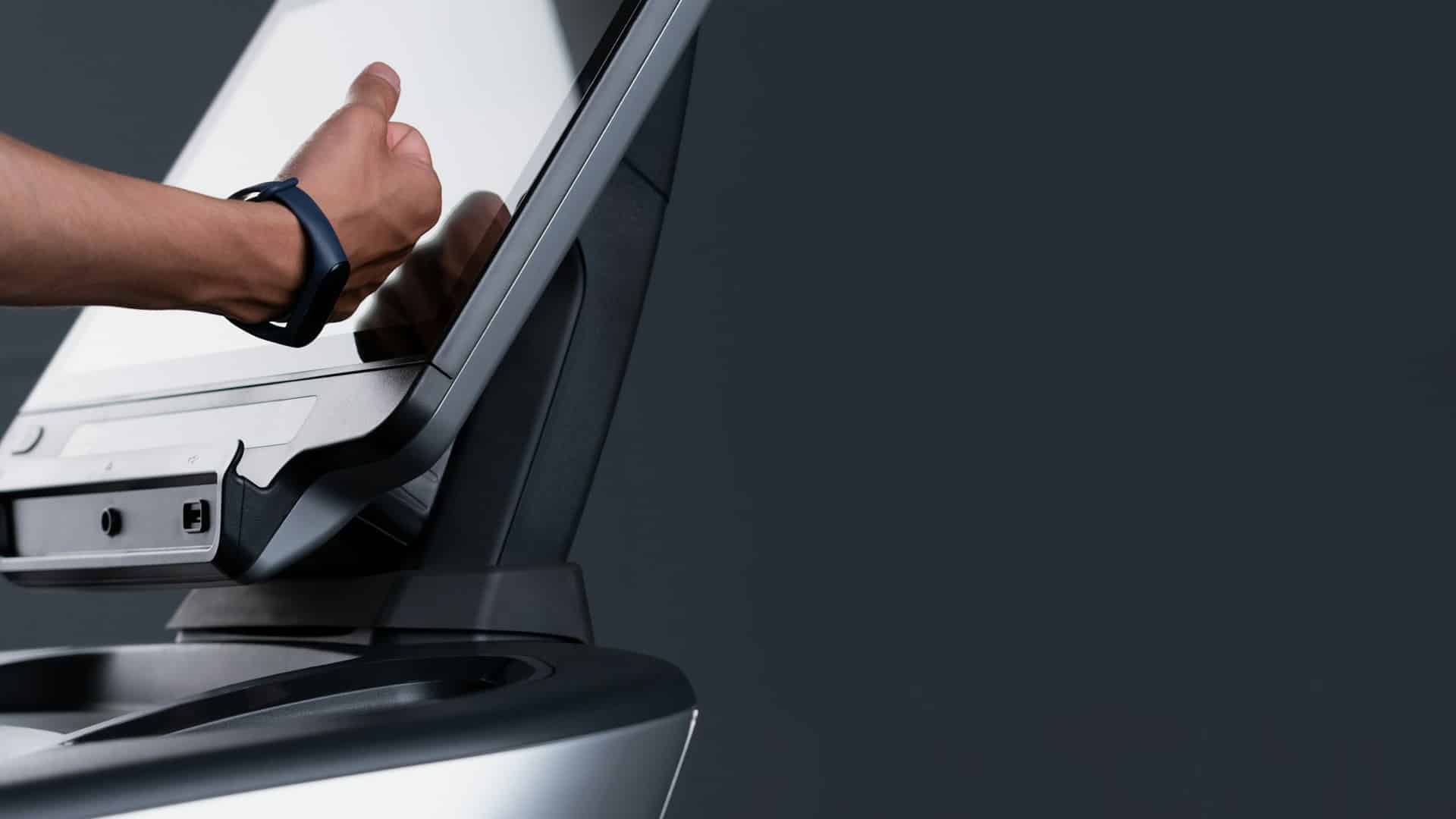RFID technology (Radio Frequency Identification) has historically been associated with large companies and retail chains due to its initial costs and the complexity of its implementation. However, in recent years, access to this technology has become more democratic, allowing small and medium-sized enterprises (SMEs) to also benefit from its advantages. With more affordable costs and customizable solutions, RFID has become a key tool for optimizing processes and enhancing the customer experience in this business segment.
What is RFID and how does it work?
RFID uses radio waves to transmit information from a tag placed on an object to a reader. Unlike traditional barcodes, RFID does not require a direct line of sight, allowing for the scanning of multiple items simultaneously and at a faster speed. This technological advancement offers a wide range of applications, from inventory management to access control in retail stores or warehouses.
Key Advantages for SMEs
SMEs, often limited by financial and human resources, can gain significant benefits by adopting RFID. Some of the main advantages include:
1. Improved Inventory Management
RFID allows for precise real-time stock control, reducing human errors and facilitating product replenishment. This is particularly useful for sectors such as retail, logistics, or warehousing, where inventory mistakes can incur significant costs.
- Practical Example: A small fashion store can quickly identify which sizes or colors have lower availability, avoiding overstock or stockouts.
2. Time and Operational Cost Savings
Thanks to its ability to read multiple tags simultaneously, RFID reduces the time required to conduct inventory audits. This not only optimizes staff time but also decreases costs associated with stock handling.
3. Enhanced Customer Experience
RFID technology facilitates product tracking, enabling SMEs to offer better customer service. For example, a store can provide accurate information about the availability of a product within seconds.
4. Increased Security
RFID tags are also useful for preventing theft and loss. By integrating with security systems, SMEs can quickly identify unauthorized movements or losses within their facilities.
5. Personalization and Loyalty
In sectors such as hospitality or retail, RFID allows businesses to personalize the customer experience. For example, a restaurant can provide recommendations based on a customer’s previous preferences by using RFID cards in loyalty programs.
Real Success Cases
- Local Bakeries and Cafés: Small businesses have started using RFID tags to manage order flow in real-time, ensuring that fresh products are always available for customers.
- Auto Repair Shops: Some workshops have integrated RFID to identify vehicles and manage repair history automatically, saving time on manual entry and improving customer service.
- Clothing Boutiques: SMEs in the textile sector have implemented RFID to track inventories across multiple locations, optimizing product distribution and reducing transportation costs.
Perceived Barriers and How to Overcome Them
Although RFID is more accessible than ever, many SMEs still perceive barriers such as initial costs or lack of technical knowledge. However, these barriers are diminishing thanks to:
- Decreasing Costs: The price of RFID tags and readers has significantly decreased in recent years.
- Modular Solutions: Many technology companies offer scalable systems that allow SMEs to start with small implementations and expand them according to their needs.
- Training and Support: Numerous training and consulting programs exist to help SMEs integrate this technology without the need for specialized technical personnel.
RFID is no longer a technology exclusive to large companies. Its ability to enhance efficiency, reduce costs, and provide a personalized experience makes it an indispensable tool for SMEs looking to compete in an increasingly demanding market. With a strategic approach and tailored solutions, small and medium-sized enterprises can maximize the potential of this technology and position themselves at the forefront of innovation.

